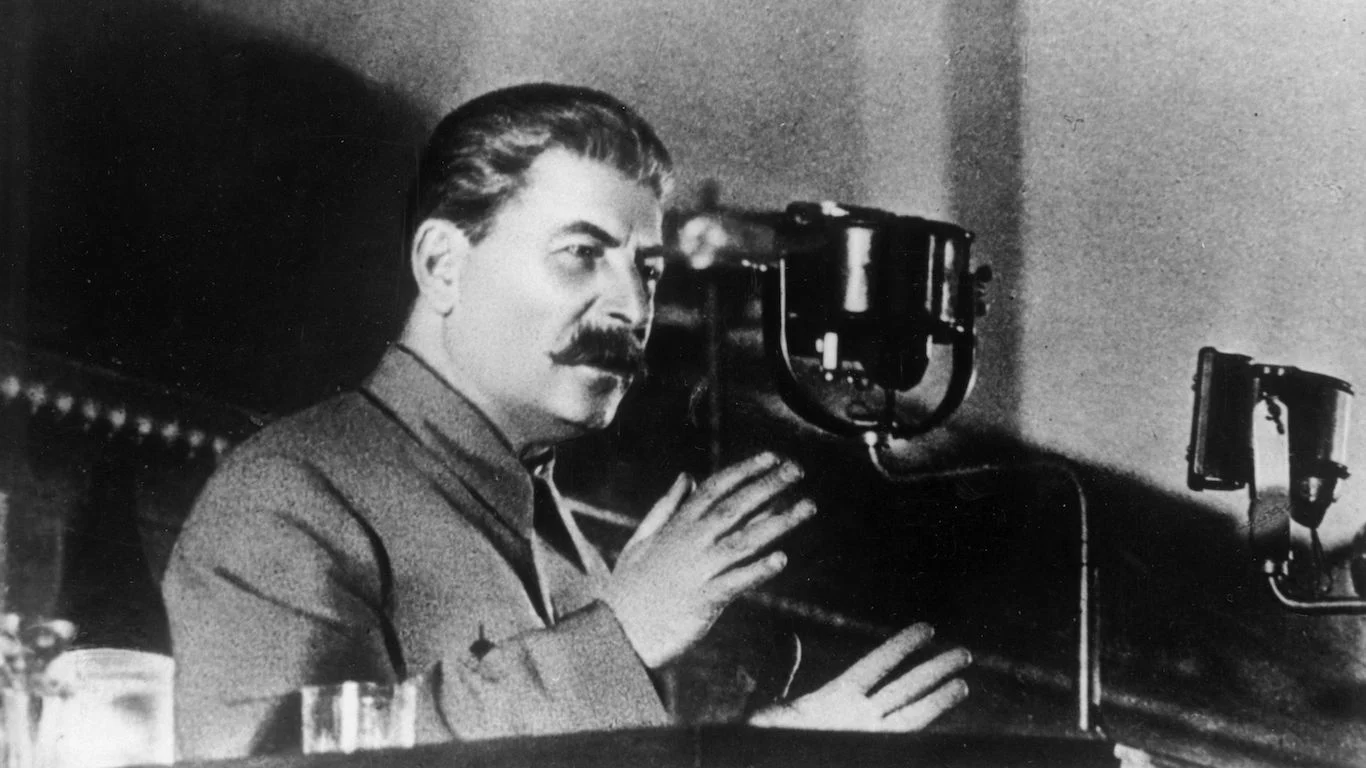One of the unfortunate facts of life that we come to understand as adults is that the bad guys don’t always get brought to justice. Many of the awful people in the world not only get away with their crimes but are even celebrated for them for years to come. It’s not the nicest thing to learn. However, understanding that sometimes the villain gets away with their crimes is part of being an adult in the world we live in. Some people’s crimes are greater than others, and unfortunately, even committing the largest sins against your fellow humans doesn’t always get you punished. Let’s take a look at ten people who went around committing evil acts beyond the pale of a petty criminal and still got away with it.
The definition of “evil” is pretty nuanced. Some people consider petty theft evil, while others consider it a drop in the ocean. We did our best to focus on people whose actions were more than just a simple petty crime. Our research focused on people who committed human rights abuses. We also focused on researching crimes that were premeditated or shown to be a pattern of behavior for the criminal. Also, we ensured that the acting party acted on an internal impetus rather than orders from a superior. While we don’t believe that committing grave crimes under orders is forgivable, we recognize the difference between doing something because you want and because of your superior’s orders.
Mother Teresa

12/16/1985 Meeting with Mother Teresa of Calcutta with Sister Priscilla in oval office
We chose Mother Teresa as one of the options on this list—the first, to be exact—not because her crimes are more egregious than the others. This list contains people who committed far worse crimes than Mother Teresa. However, Mother Teresa didn’t just get away with committing grave human rights abuses; people actually celebrate her for it, and people are either largely unaware of or willing to cover up the sins she committed against some of the world’s most vulnerable people. As the holder of a Nobel Peace Prize and verified Sainthood, it’s hard to say people don’t celebrate her for her actions, however heinous they may be.
Mother Teresa is best known for opening care centers that attended to people with severe illnesses in places where access to medical care was and still can be scarce. She treated many people who were not considered for treatment by regular hospitals due to stigma or lack of tools. However, a medical journal, The Lancet, reported on the real state of care in her homes. The Lancet found that the state of care in her homes was not just terrible, but also utterly inhumane. The homes were dirty and people who went into them were rarely given actual medical treatment. They were regularly referred to as “homes for the dying” due to the high rates of patient deaths. Her Calcutta home, for which she is most widely remembered, saw a 40% death rate.
When medical treatment was given, the conditions were filthy and the people performing procedures often had little to no training. One statement says that hypodermic needles were washed under tap water after use and then reused on different patients.
Shiro Ishii
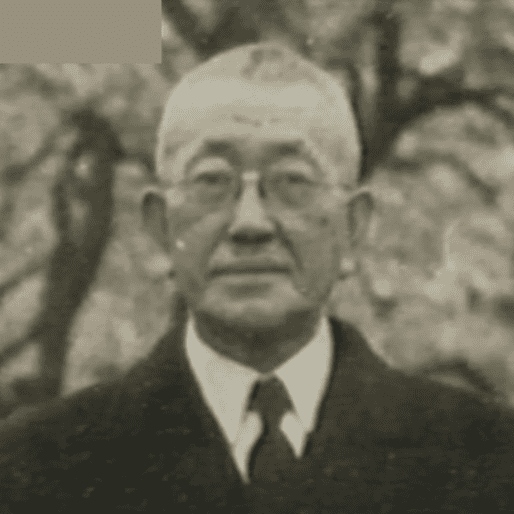
Aside from being a war criminal, Shiro Ishii was sort of an unpalatable person in general. Among his colleagues, he was known for drinking very heavily, womanizing, and embezzling money. When he was still in medical school, he would go to the laboratory in the middle of the night and use the tools and implements that his classmates had carefully cleaned that evening, leaving the mess for his classmates to clean up the next morning. He would also grow bacteria in Petri dishes and treat them as his companions rather than making friends with his classmates, which is truthfully one of his less disturbing qualities.
Ishii was a huge proponent of a Japanese bio-weapons program and began advocating for it in 1927. In 1936, he was put in charge of Unit 731, a bio-warfare unit in the Imperial Japanese Army. Once he was formally in control of Unit 731, he began using his position in the Japanese army during the Second Sino-Japanese War to conduct human experiments on Chinese villages that the Imperial Army captured. These experiments included vivisections, intentional poisonings with various toxins and gases, testing experimental biological weapons on villages, and forcing captured inmates to inflict syphilis on each other.
He was still in the Imperial Army during World War II. Toward the end of the war, he devised “Operation Cherry Blossoms at Night”, which would have spread plague fleas across the American west coast. The plan was never realized because Japan surrendered. After the war, he was granted immunity in exchange for full disclosure of Unit 731’s activities and research results (Hal Gold, Unit 731 Testimony, 2003). As a result, he was never held accountable for the atrocities he committed. He was actually hired to lecture at Fort Detrick post-WWII.
Josef Mengele
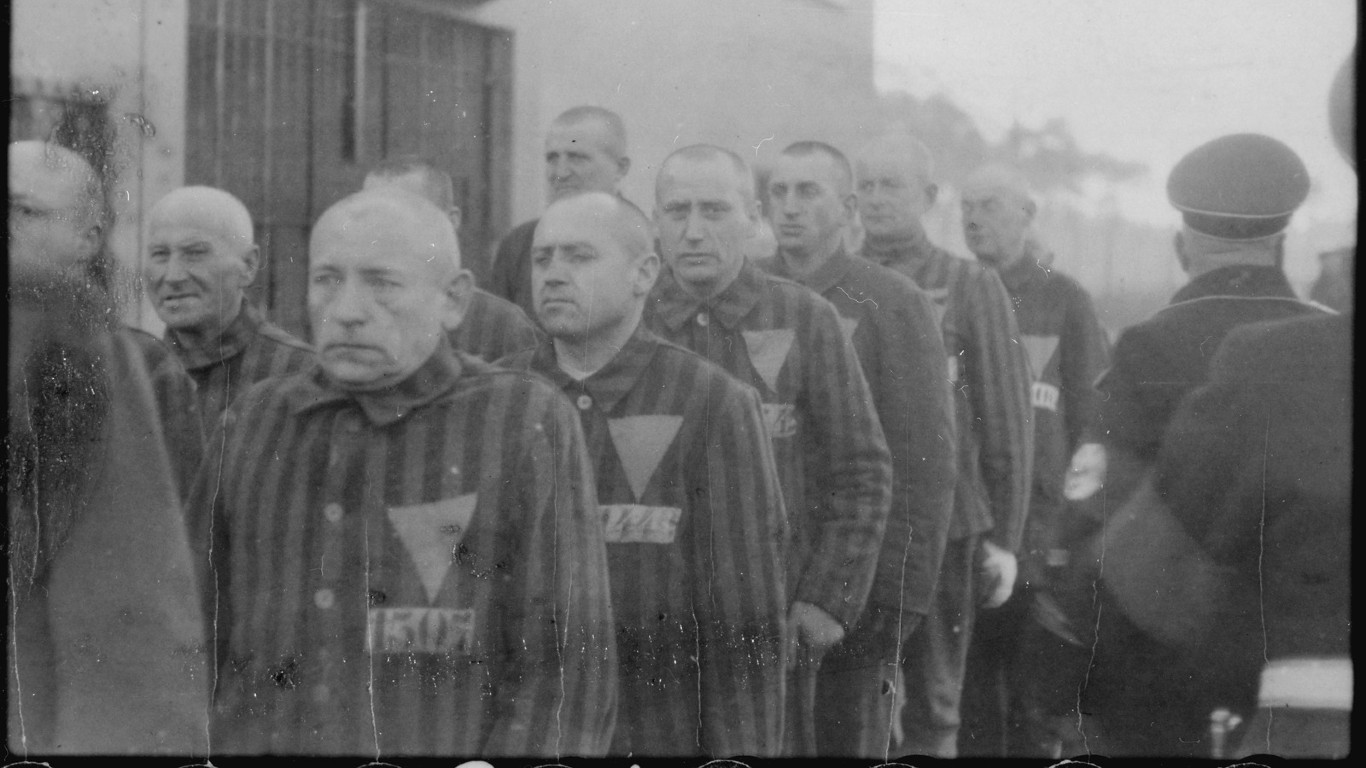
SS officers were universally terrible people. We don’t have to tell you that. However, Josef Mengele was beyond the pale of a typical Nazi officer, and that’s saying something because officers, in particular, were typically the most brutal with prisoners and affected populations. He was one of the overseeing officers who determined which prisoners were sent to the gas chambers, and he was one of the administrators of the gas for the chambers. Mengele was referred to as “The Angel of Death” because he used his position as an Army doctor to conduct human experiments on the prisoners. He had a particular interest in twins because of the shared DNA set allowing him to use one twin as a subject while the other acted as a control.
Subjects under Mengele’s care lived in slightly better conditions and received marginally better food rations. However, they typically didn’t live very long as Mengele’s experiments claimed their lives rather quickly. The experiments that Mengele conducted were abjectly horrific, brutal, and typically deadly. He performed experiments such as amputations, deliberate infection of inmates, and even attempting to create conjoined twins by sewing two living twins together. One of his colleagues recalled an experiment where he killed 14 twins in quick succession by injecting chloroform directly into their hearts.
Mengele fled Germany when the hunt for prominent Nazis began. He evaded capture for the rest of his lifetime, living out the rest of his days in South America under an assumed identity. He died of a stroke while he was swimming in Brazil in 1979. However, he had evaded the authorities so successfully that his death was not confirmed until 1985 when a team of forensic scientists investigated his death.
Andrew Jackson
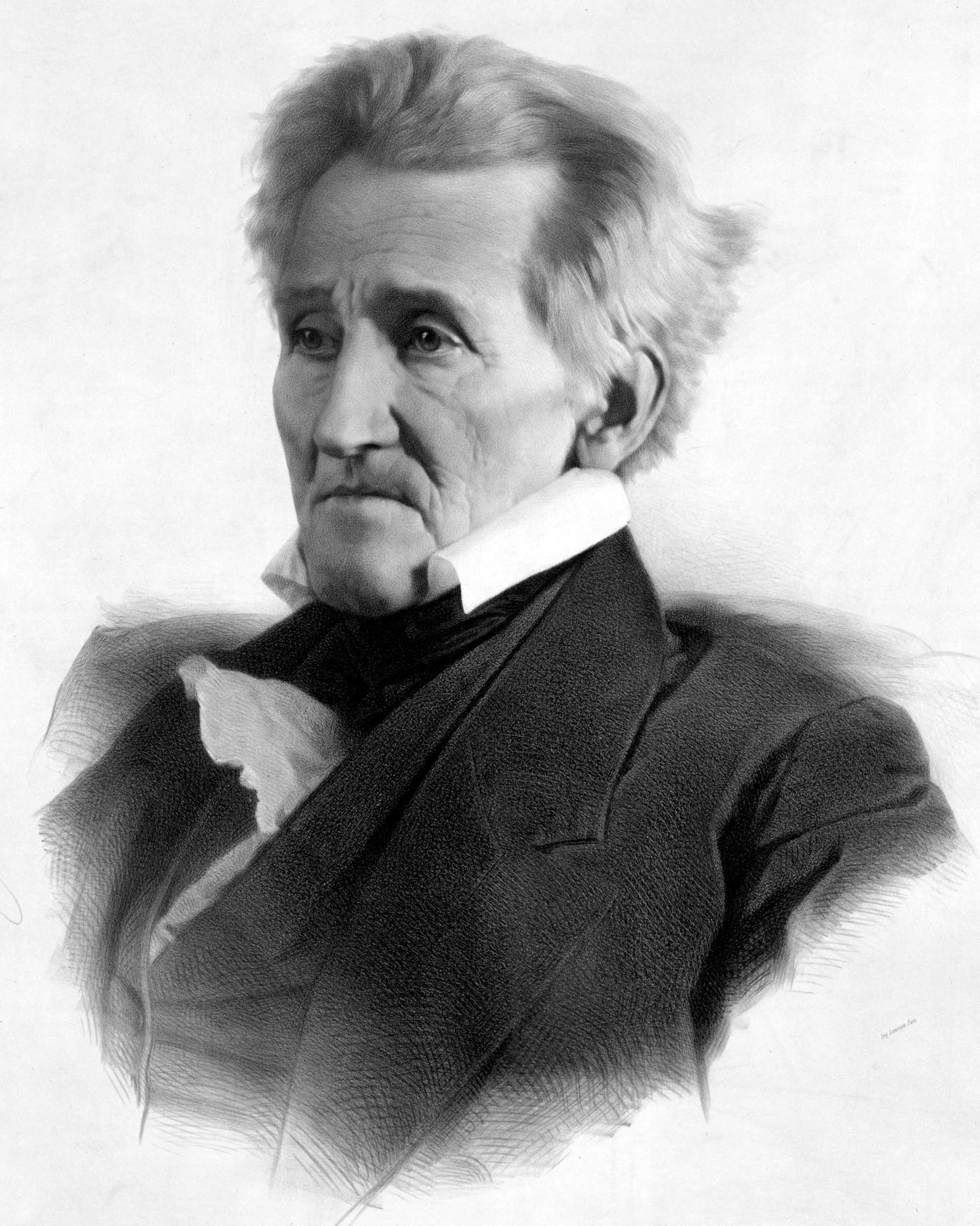
Another person who is almost universally celebrated for their crimes rather than hated for them is Andrew Jackson. For starters, the man was just not that great of a guy. He wasn’t just a slave owner, but he was also exceptionally brutal with his slaves to the point where it’s hard to say that he seemed to enjoy inflicting as much pain onto them as possible. He owned as many as 161 slaves at any given time. Additionally, he was extremely harsh when punishing slaves he believed to be insubordinate. In an 1804 newspaper, Jackson put out an ad for the recovery of an escaped slave named Tom. He offers an extra $10 (equal to $264 in 2024) for every 100 lashings the capturer gave to Tom.
Jackson also personally intercepted the delivery of anti-slavery documents during his presidency. He called anti-slavery advocates “monsters” and said they should “atone for this wicked attempt with their lives.” So, he wasn’t just a proponent of slavery. This man loved slavery and really did not want it to end. Some people might say he was “a product of his time”. However, there were plenty of people at the time who opposed slavery. So, that’s not really the excuse they think it is.
If being a vehement and violent racist was not enough for you to dislike him, he was also the pioneer of the Indian Removal Act. The legislation displaced 50,000 or more people from their ancestral homelands and killed at least 20,000. Truthfully, the Indian Removal Act was a genocide against the Native American peoples. They were driven from their homes, and their languages and customs were suppressed. Native American people were killed en masse for not complying with the relocation happily enough.
Ronald Reagan

There are many substantiated claims against Ronald Reagan. However, none of them were ever prosecuted and he lived in relative luxury until he died. Firstly, there is substantial evidence that Reagan’s administration was involved with trafficking crack cocaine into the United States. At a bare minimum, we know that his administration was actively “overlooking” Contra drug trafficking into the United States during the Nicaraguan Civil War.
Many experts have tied this lack of action to the rise of crack cocaine addiction in the U.S., especially among the African-American population. Additionally, we know that the Reagan administration funneled $806,000 into companies that were known to be owned by narcotics traffickers and provided humanitarian aid to the Contras.
Reagan also repealed the Mental Health Systems Act of 1980. This repeal closed a huge number of residential mental health facilities. Thus, it forced the people who lived there onto the streets. Many of these people had severe behavioral issues preventing them from working and making them more susceptible to incarceration. Thus, the prison population exploded with mentally ill people. Even in the current day, America’s largest “mental hospital” is actually a jail. Also, the 13th Amendment allows for an incarcerated person to be enslaved by the government. So, essentially, his repealing of the MHSA caused a large number of mentally ill people—and African-American people, due to “black codes”—to become government-approved slaves.
Hiroshi Miyano
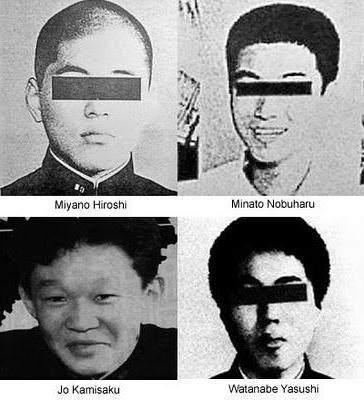
Unlike other names on this list, you might not recognize this name unless you’re well-versed in Japanese crime history. Hiroshi Miyano was the ringleader of a group of boys who were responsible for the “女子高生コンクリート詰め殺人事件” or “Concrete-Encased High School Girl Murder Case”. As the name implies, the victim’s body was found encased in concrete in a metal drum. However, the situation involved far more than simple murder. The victim, Junko Furuta, was kidnapped and held captive in Miyano’s home for 44 days. The boys tortured and abused her until she eventually died of malnourishment. The case’s shocking nature and gruesome details led to widespread outrage both within and outside of Japan.
Miyano and his friends were well-known criminals by the time they kidnapped Furuta. At the time, they were a group of violent delinquents that engaged in theft, gang rape, and extortion. Miyano claimed that he had ties to a Japanese gangster and considered himself above the law. He led his friends into increasingly daring criminal activities. On the night they captured Junko, they had been prowling around her hometown area, Misato, looking for women to rob and hurt. One of the boys kicked Junko off her bike. Then, Miyano approached her, pretending to have witnessed the attack by accident.
After offering to walk Junko home, Miyano kidnapped her. After that, he and his friends held her captive in Miyano’s home. They sexually abuser and tortured her by beating, starving, and burning her. Miyano and his friends were caught when they hurt a different woman and spent a stint in jail. However, they are now living free.
Joseph Stalin
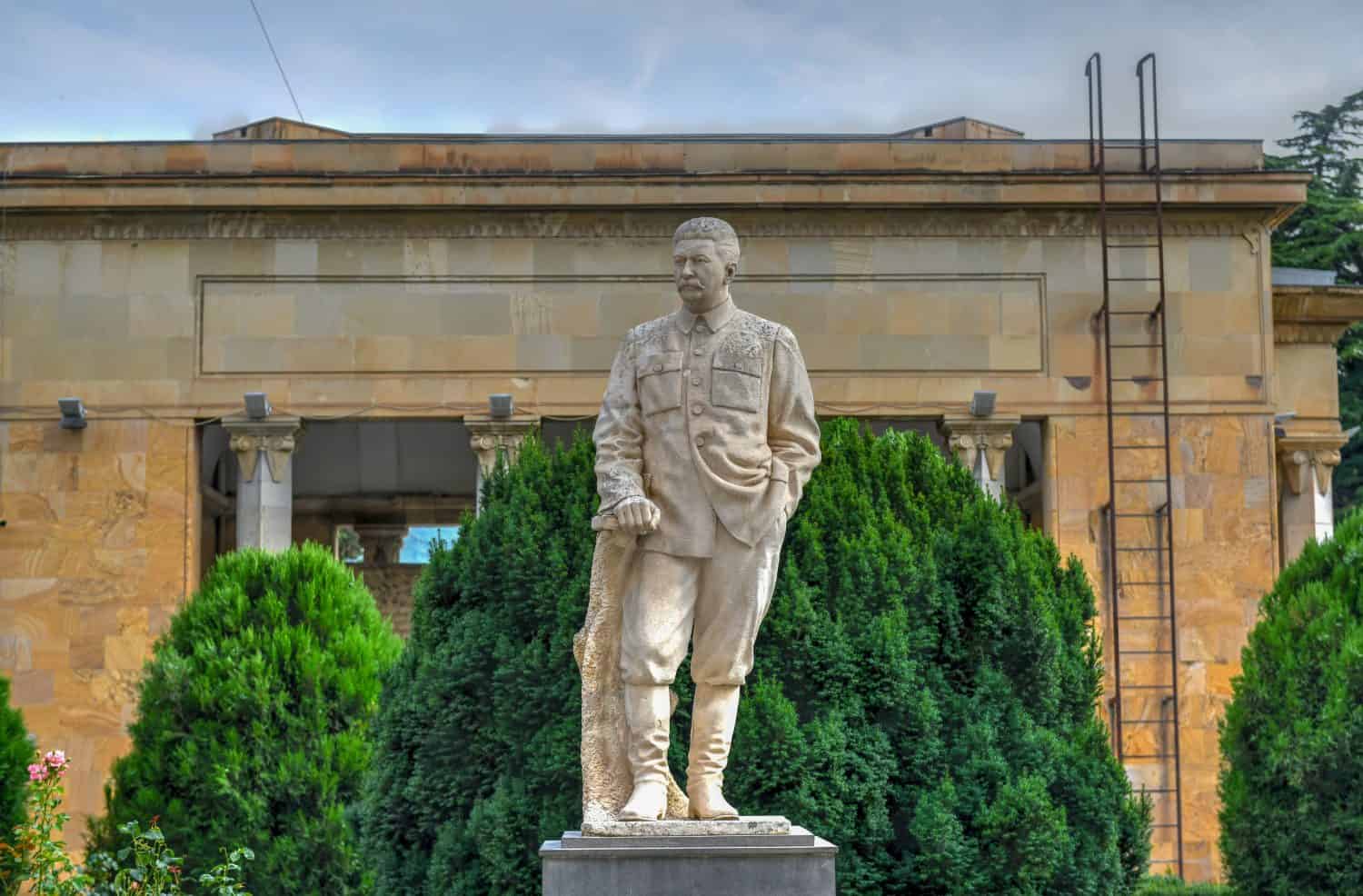
Joseph Stalin’s crimes began with the murder of Sergei Kirov. This murder began the purge of his political dissidents in Russia. Members of Vladimir Lenin’s Bolshevik party questioned Stalin’s self-declared position as dictator. Thus, Stalin knew that the only way to maintain political control over the Soviet Union was to eliminate those who opposed him completely. Some scholars consider the Great Purge, as it was and still is called, was Stalin’s way of retaining power over the Soviet Union. Others believe that the Great Purge was a way to unify the Soviet Communist Party. Regardless of the reasons, 700,000 people were killed during the Great Terror alone.
As the dictator of the Soviet Union, Stalin continued to commit grave human rights abuses against the Soviet peoples. He installed Gulag labor camps, where people charged with crimes would be sent to work. The number of people imprisoned in the Gulag camps ballooned rapidly throughout Stalin’s rule. In the 1920s, there were 100,000 people incarcerated in the Gulags. By the 1940s the population of people imprisoned in the Gulag camps was 1.5 million. There were 14 million people in total who passed through the Gulag labor camps. Scholars agree that somewhere between 1.5 and 1.7 million of those prisoners died in the camps or very shortly after being released.
The total death toll of Stalin’s reign is unknown, but estimates place the number somewhere between 6 and 20 million people. In part, this was because he would establish quotas for government agents to arrest or execute people. Additionally, we credit Stalin’s regime as the cause of the Ukraine famine, which killed 4 million people on its own.
Pol Pot
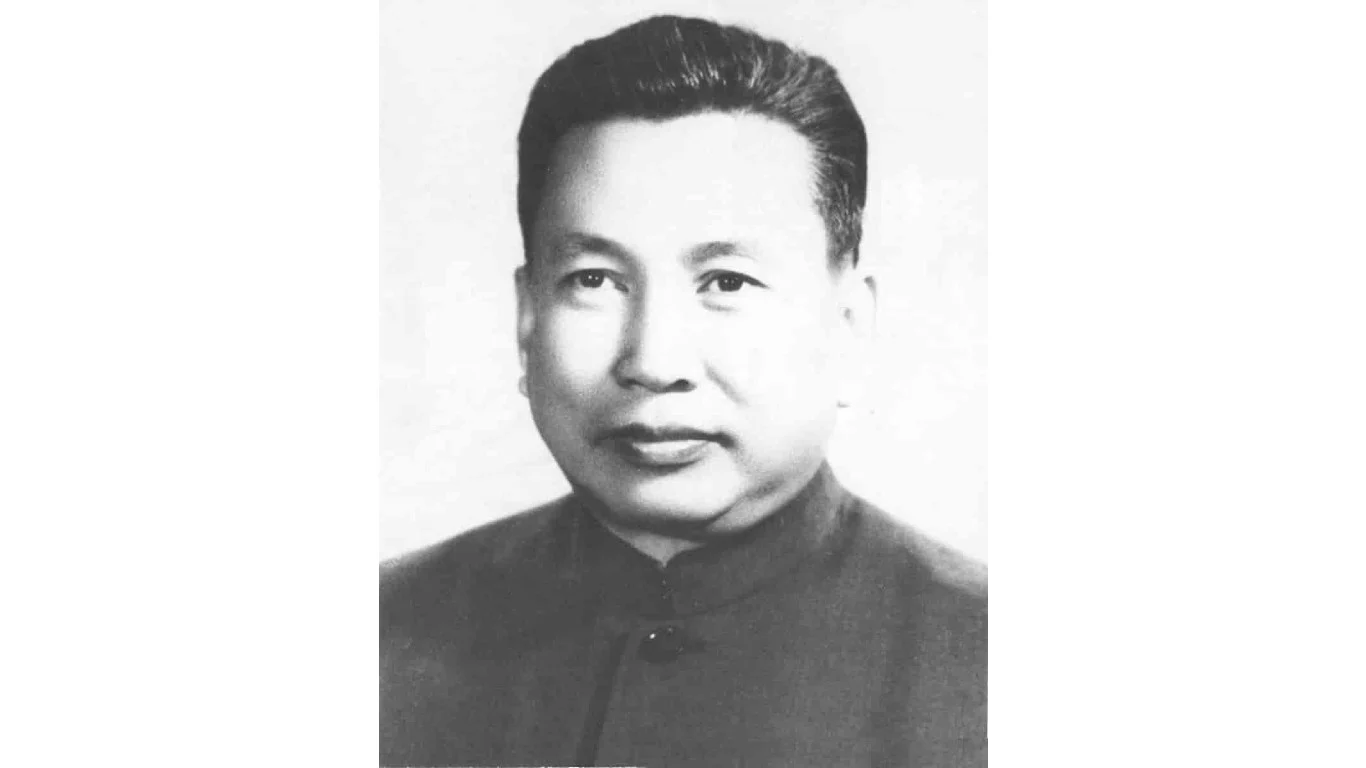
Another communist revolutionary turned dictator was Pol Pot, who ruled Cambodia from 1976 until 1979. Though his reign of terror was quite short, the effects it had on Cambodia’s people were devastating. The country continues its slow recovery today. The time of Pol Pot’s rule was not just harsh, it was a genocide of the Cambodian people. He especially targeted ethnic minorities, such as the Vietnamese, Chinese, and Cham Muslims. Historians estimate that 70–80% of these populations died during the genocide. Other primary targets of the genocide were professionals such as doctors, lawyers, and teachers, people who wore glasses, and those who could speak a foreign language, no matter what language they spoke.
In 1975, Pol Pot declared “Year Zero”. During this time Cambodia would be cut off from outside influences to rebuild the society in the shape of communist ideals. Once he cut the Cambodian people off from the outside world. He was especially suspicious of Western influences. Pol Pot sent the urban Cambodian population to the countryside to work on agricultural programs. However, these programs were woefully inadequate for supporting the population. Disease, starvation, and poor conditions were rampant in the agricultural programs and people died en masse. Death was so common in the countryside that they became known as the Killing Fields.
Much like with Stalin’s Soviet Union, we don’t know the full extent of the death toll of the Cambodian Genocide under Pol Pot. Historians estimate that the death count is somewhere between 1.25 million and 3 million.
Kim Jong Il
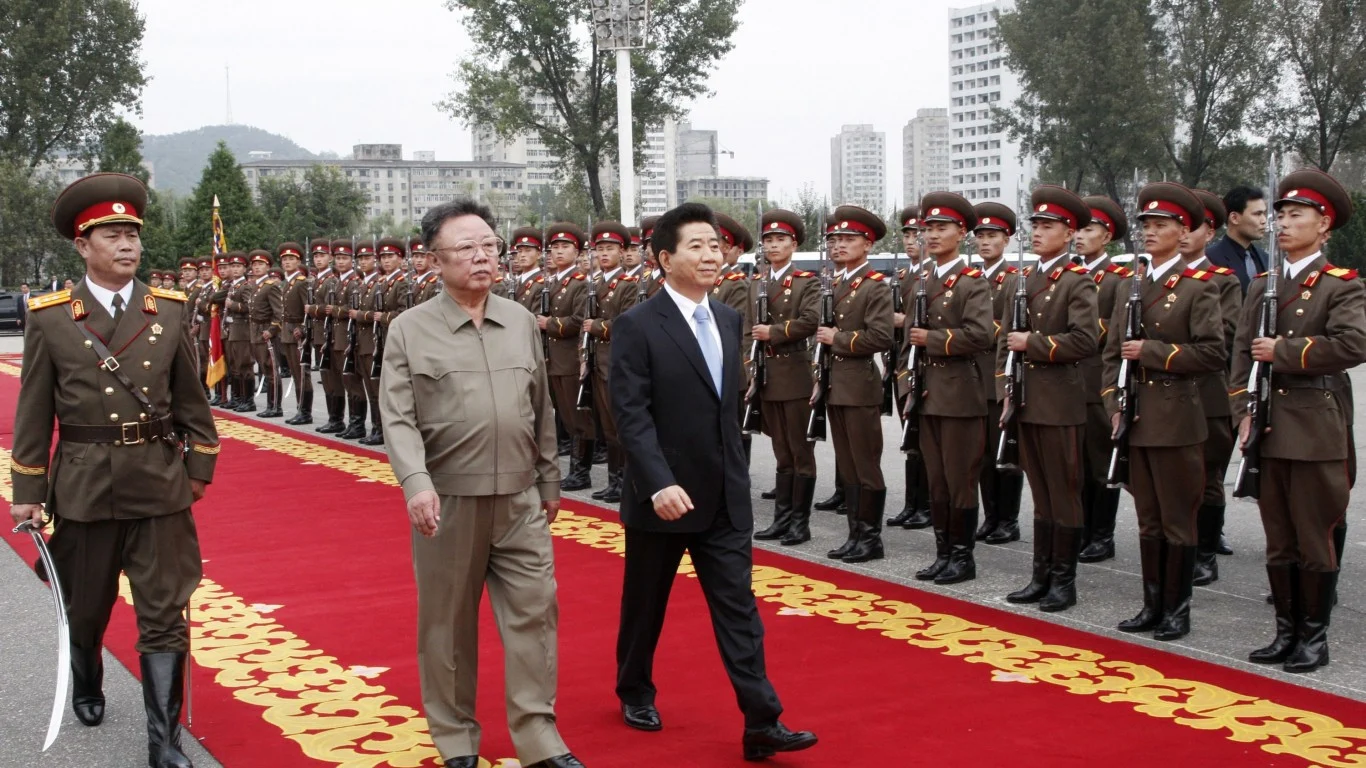
Dictators often get away with grievous human rights abuses while living in luxury, like Kim Jong Il. Like Stalin, Kim Jong Il established Kwanliso work camps where he would imprison those he deemed to be “enemies of the state.” He declared that leaving the country without express permission from the government—which is extremely difficult to obtain—would be considered an act of treason, worthy of being sent to the labor camps. Other crimes, such as smuggling goods from outside North Korea, can also get you internment in the camps. At any time, experts estimate that there are as many as 200,000 people in prison for political dissent.
Kim Jong Il also instituted many other inhumane policies that resulted in a wide variety of abuses of his people, including rape, torture, forced abortions, starvation, enslavement, and murder. Due to the extreme situation with human rights in North Korea, thousands risk internment to defect to China and South Korea yearly. These people will walk across the Gobi Desert to get to China. They go to a place where they don’t know anyone and likely don’t speak the language because their situation at home is so bad.
The people of North Korea lived in poverty and fear. However, Kim Jong Il lived a life of luxury with his family. The average North Korean person struggled immensely. Starvation is common, even in urban areas. However, the dictator and his family never wanted for anything. Kim Jong Il died of a heart attack in 2011 and his funeral was massive. The government claimed that 5 million people—25% of North Korea’s population—attended the funeral.
Leopold II of Belgium
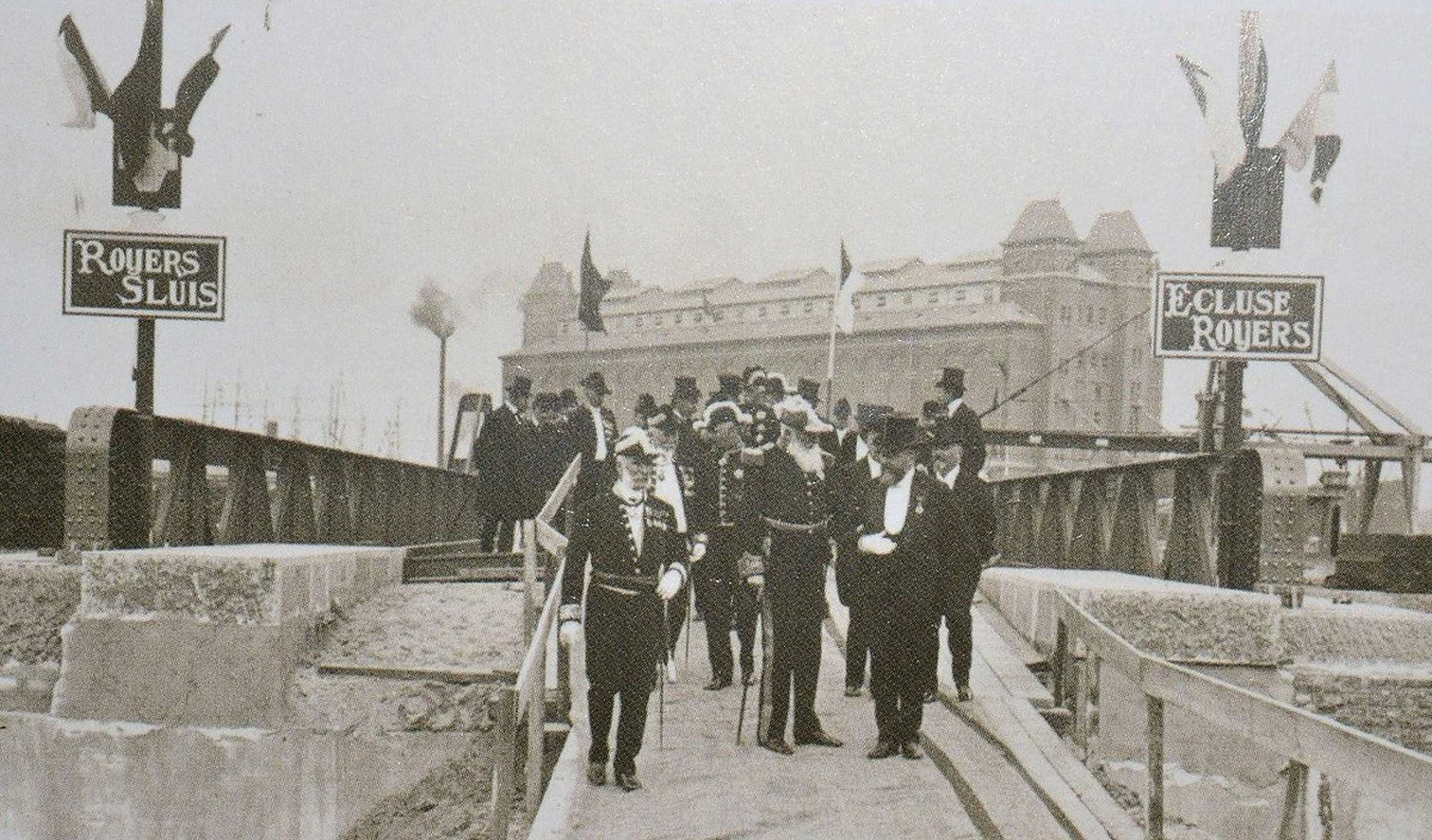
While much of our list is people from relatively recent history, we decided to look back at some historical bad guys, too. Leopold the 2nd was the king of Belgium. He sought to establish the country as a colonial power in Africa. He invaded and colonized much of the Congo Basin, the first European effort in that area. His reign over the Congo peoples was terrifying and inhumane. He treated large swaths of African land as his personal property. Then, he forced the people who lived on that land to collect ivory and rubber for him.
Leopold would march his private army of 19,000 to villages and hold the women hostage while the men were forced to gather their monthly quota of rubber. Hostages often starved and the laborers often worked themselves to death. They would force Congolese men to join their armies and hunt their own people. For each bullet expended by a Congolese soldier, they would have to prevent the severed hand of the person killed to prove that they weren’t wasting bullets. Thus, if a soldier fired and missed, they would often cut the hand off a living victim to present to their officers.
While he was torturing the people of the Congo to death, King Leopold the 2nd lived in luxury. The ivory and rubber that the Congolese people gathered for him made his country rich. He reigned for 44 years, the longest in Belgian history. Despite his atrocities, the worst punishment he received was that his funeral procession was booed by the spectators.
